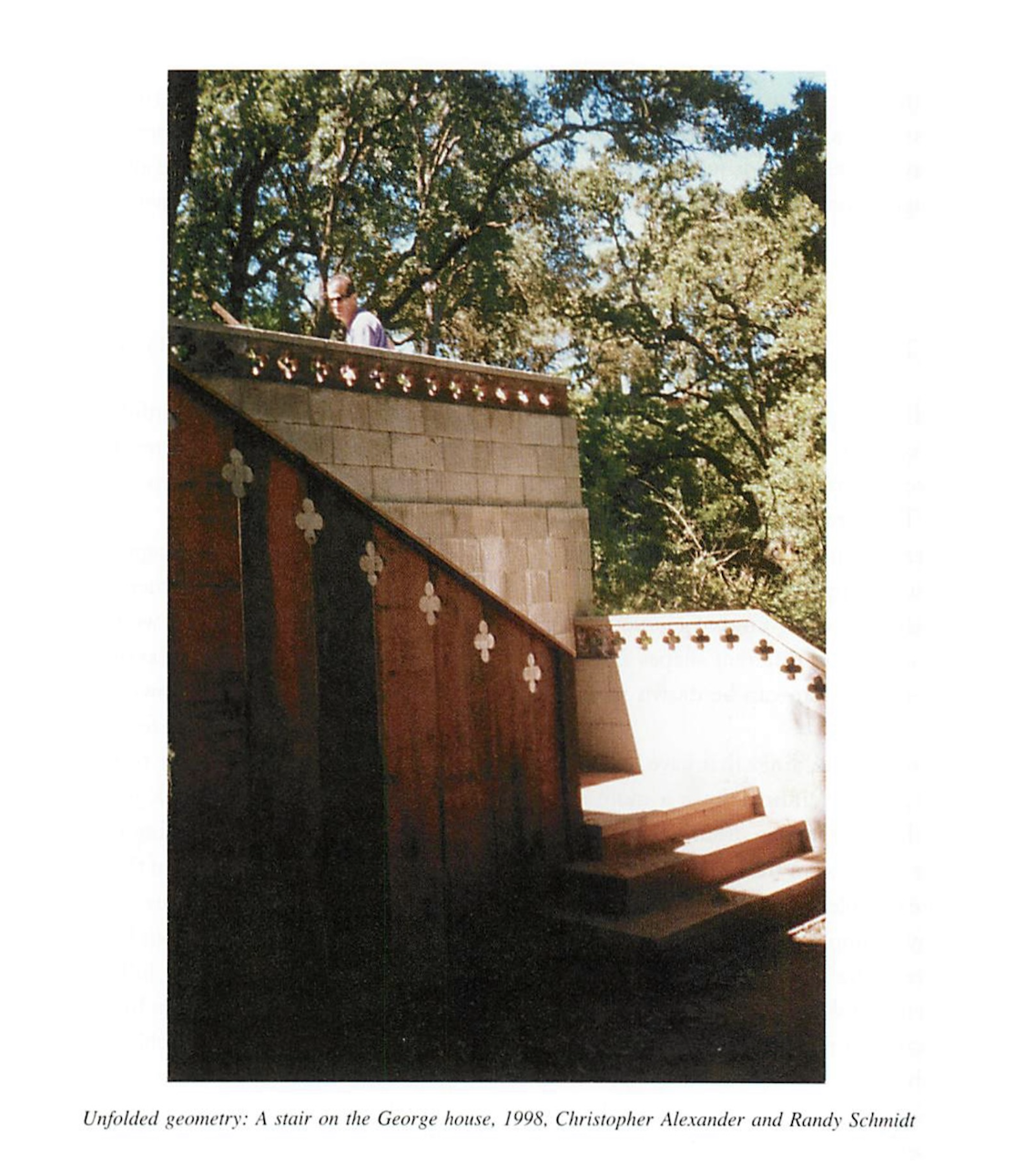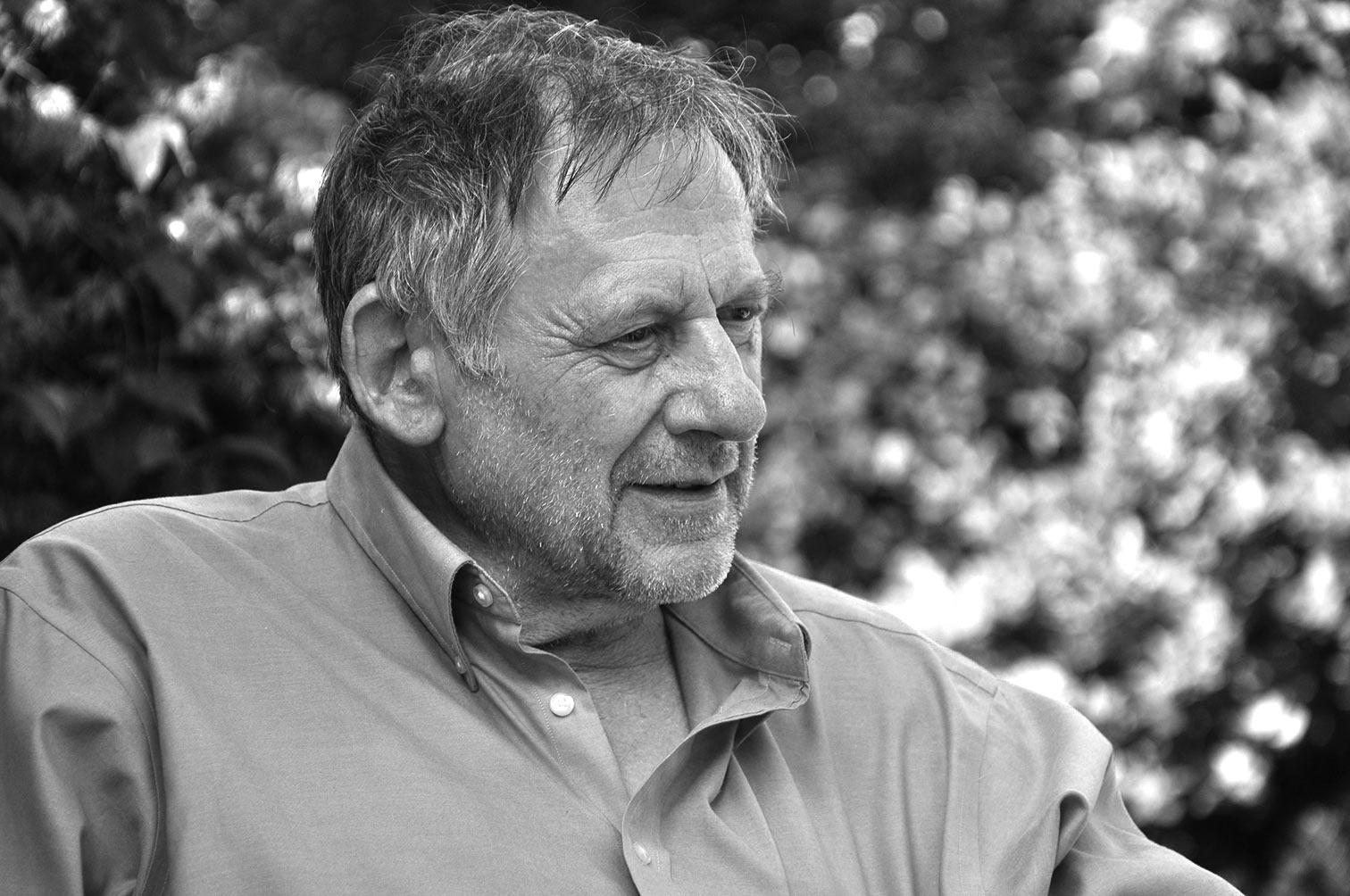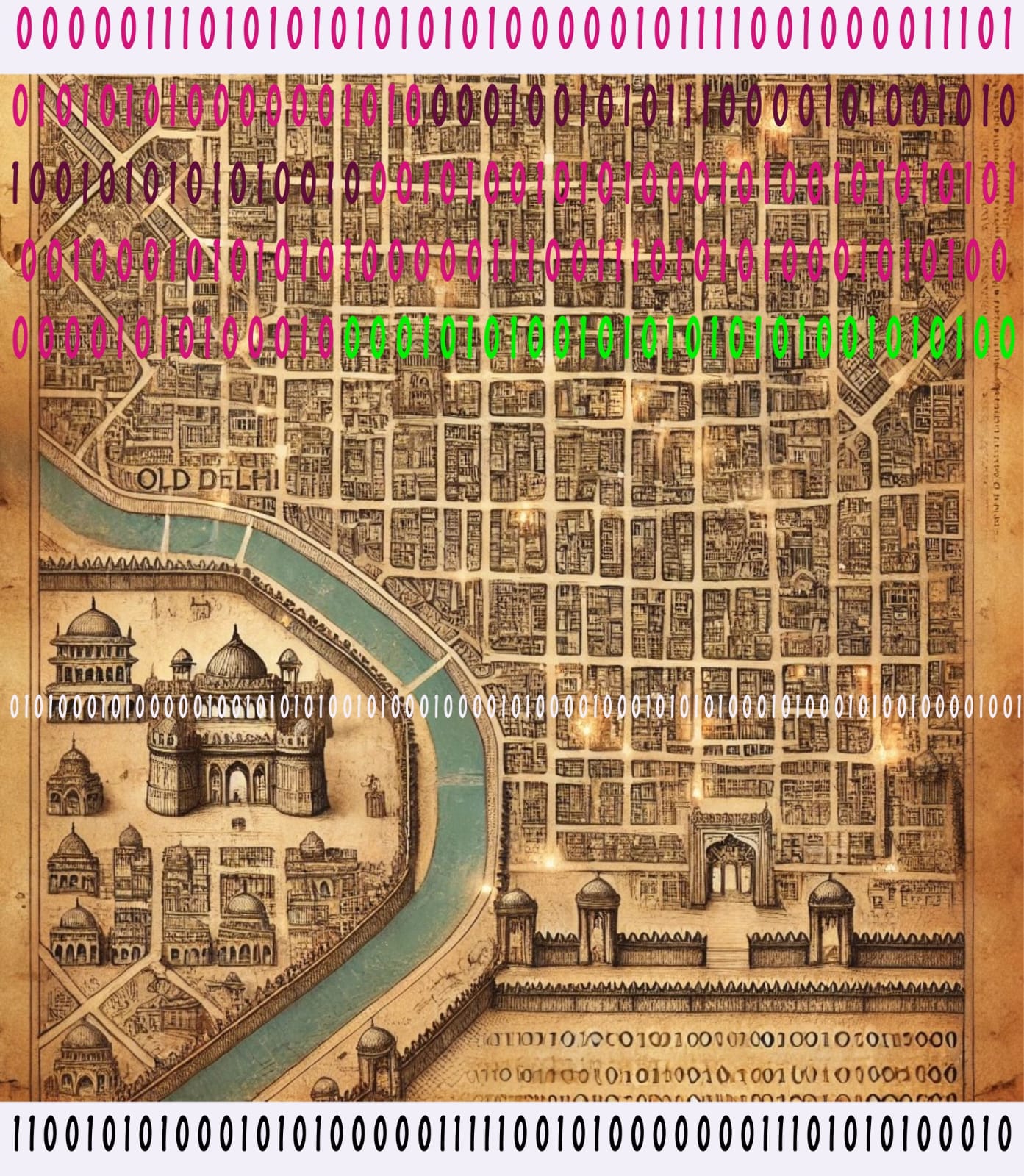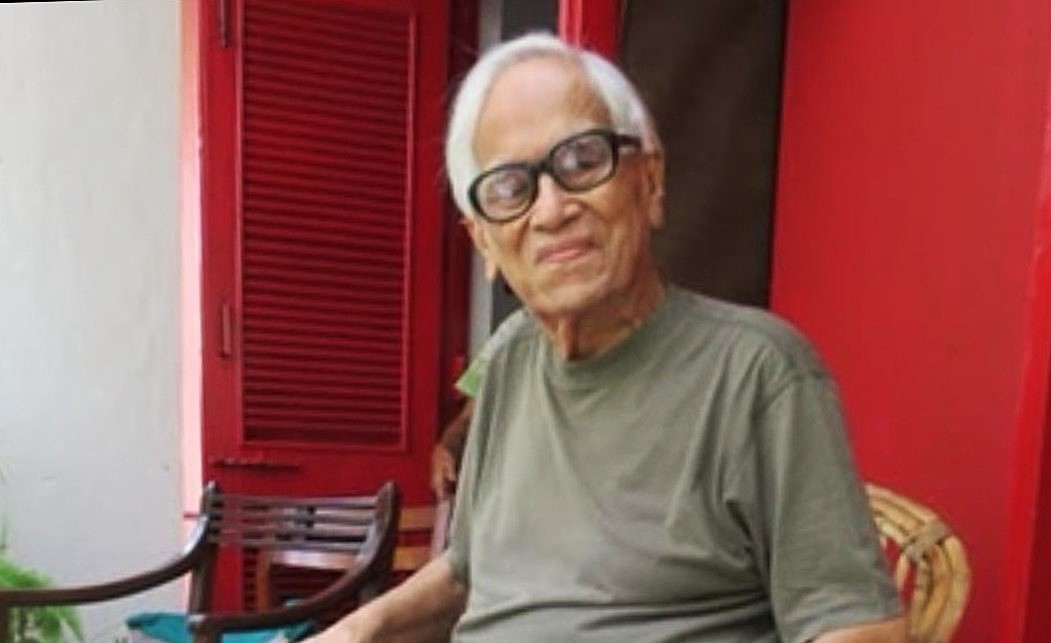As designers we often find ourselves floundering amidst intellectual concepts of beauty. Architecture and design become a result of cerebral responses to these concepts, functions, or materials, where on one hand the mantras of modernism weigh heavy upon our shoulders, and on the other hand, there are a plethora of visual fashion-like categories to fit in. In such a world-system, the word beauty or ornament holds little value aside from only a superficial, cosmetic definition. So not surprisingly, we find most designers scoffing at the word ornament, calling it purpose-less. Others argue how beauty is a strange word to use in design, and how it is laden with social and cultural constructs and biases. They say design must serve its function first, ornament is secondary; beauty is considered as an aesthetic addition with no practical purpose. This dramatic shift towards what Nikos Salingaros calls “rectangular simplicity” in the design world happened after World War II. While Salingaros guides us back home to our sensory and mathematical necessity of ornament, Ann Sussman corroborates this by pointing out recent advances in neuroscience which reveal that the aesthetic of modern architecture stemmed from post-war cognitive disorders.
It is not surprising then that this has led us to create objects and spaces which are pretty much placeless, and deprived of feeling. We now have the biometric software and tools such as eye-tracking, as Sussman shows us, which reveal that such spaces damage our mental health and are not conducive to emotional well being, because they are simply disconnected from our biological nature. Surely, this fragmented intellectual notion of beauty cannot be the beauty we are talking about. Architecture is an ancient discipline and we know in our hearts that this definition of beauty is insufficient, it is narrow, superficial, and that there exists in certain special places a deeper, more profound beauty.

What is it about certain spaces that make us feel a deep connection with them, and bring us in tune with our inner selves? These spaces have a timeless charm, simplicity and inner calm, bringing us peace and a sense of harmony, regardless of who we are. They most often do not fall into an intellectual visual ‘style’ or a fashion category, but rather resonate with something very deep inside ourselves. They foster happiness and contentment. It is this beauty we speak of when we say building beauty. But how can we create this beauty? What does the maker of this beauty think and feel? What does a world-system look like in which this beauty is created? Christopher Alexander brings us close to this beauty. He not only shows us the discovery of this beauty, but also gives us the tools within ourselves to be able to recognise it, the methods to build it, and the hope to rekindle life with it.
The noted architect, author, mathematician, scientist, and philosopher who passed away on March 17, at the age of 85, at his Sussex home, has shown us the path of building beauty.
The central search that guided Christopher Alexander’s life’s work was building the environment as an interconnected, unbroken whole.
He teaches us that the purpose of design is to enhance life. In his 4-volume magnum opus ‘The Nature of Order’, Alexander talks about beauty in designed objects and spaces the way we talk about the beauty of a leaf or a tree, or the kindness of a compassionate person. The beauty of a leaf is not separate from its function. It is not as if the form and function were built before and beauty came after. Beauty is very much an unfolding of an internal order which is the order of nature, resonating with and resulting from the fundamental principles of nature. This beauty, as Salingaros puts it, is visceral. It is beauty in its truest sense, bereft of intellectual biases conjured up within the left hemispheres of our brain. We feel it in our bodies, through our nervous system, if we authentically allow ourselves to. Through the ‘Fifteen fundamental properties’, Alexander enlightens us about this beauty inherent in our universe, in nature, in all of us, and helps us learn how it unfolds and how we can build it step by step.

He warns us about how this beauty gets convoluted when we try to analyse it through mechanistic thought processes and regimented world-systems. Instead, we need to understand it holistically; after all, this beauty is wholeness. It is not a fragmented notion of aesthetics but the fundamental cosmic connection of human creation.Through his ideas put into writing, teaching, and practice, Alexander awakens, inspires and transforms us. His deep inquiry into art and very early Turkish carpets in ‘A foreshadowing of 21st Century Art’ show us a remarkable discovery of colour itself as geometric structure. Human-centred design is facilitated by a fascinating tool introduced by Christopher Alexander. It is his ‘Mirror of the Self Test’, which is a tool we can employ to truly identify this beauty, however, it works only when one knows one’s true self: not just the good parts of one’s self, but also the bad, one’s whole self, one’s entire being. By giving us the methods and tools of how to recognise this beauty, he essentially urges us to connect back to ourselves, our intuition, and our conscience.
Albert Einstein told us: “The intuitive mind is a sacred gift and the rational mind is a faithful servant. We have created a society that honours the servant but has forgotten the gift.”
Alexander has brought us closer to our intuitive mind, which I believe is the greatest gift that anyone could give to anyone else. This has left us with the confidence to value intuition and feeling in decision-making and designing. By integrating design and construction, Alexander has opened up our world to the magical power of making mock-ups at every step of the creative process, allowing each step to unfold as a wholeness enhancing transformation.
As Susan Ingham says, it has given us a sense of structure and a framework for our intuitive process of making. It has enlightened us about who we are in relation to to this world and what is our contribution to it. It has given us a chance to come home, to reconnect, heal, and become whole, so that we can heal the broken world around us. Most importantly, it has sparked in us the hope to be able to do this.

I never met Christopher Alexander. Yet, I converse with him every day through his work at Building Beauty. The ‘Building Beauty: Ecological Design and Construction Process’ program in Sorrento is a profound, life-changing experience grounded in his works. Nurtured by his wife Maggie Moore Alexander, taught by a compassionate community of people who were closely associated with him, and based on the studio and ‘Nature of Order’ classes that Alexander taught at the University of California, Berkeley, the program is an immersive inquiry into designing and building this beauty. As Chris Andrews, one of the last fortunate ones who worked with Alexander, rightly says, “The Pattern Language is not just a pattern of environments, it is also a pattern of people over decades who connect with Alexander’s work, and now it is our opportunity and responsibility to pick up the baton and carry it forward.”
In closing, the fact that I am writing a tribute to a person I never met is a testament to how deeply we connect with what he is telling us. Christopher Alexander may have taken a great step closer to the “I”, but here in this world he will remain our master teacher and live on through everything that we make. Alexander’s exceptional contributions to the world of design, architecture, planning, and software design are already very well known. These need no further accolades from us at this time. But the part of his life which does and what we celebrate because it touched our hearts, is the kindness and compassion, and the hope that he has instilled in all of us. Like so many, we are searching for a meaningful and wholesome way of practice in the current times, and Alexander shows us that this is still possible. Together at Building Beauty, we are working to realise his vision of a world that is more whole, beautiful, and full of life. The realisation of this vision and the processes that will allow it to happen is Christopher Alexander’s Legacy.
Image Source (unless specified) : Christopher Alexander (2001-2005) The Nature of Order, Books 1-4, Center for Environmental Structure, Berkeley, California








2 Responses
Thank you for an extraordinary text about an extraordinary person. I have only met Chris once in person, and have touched deeply.
Really nice Aarti!